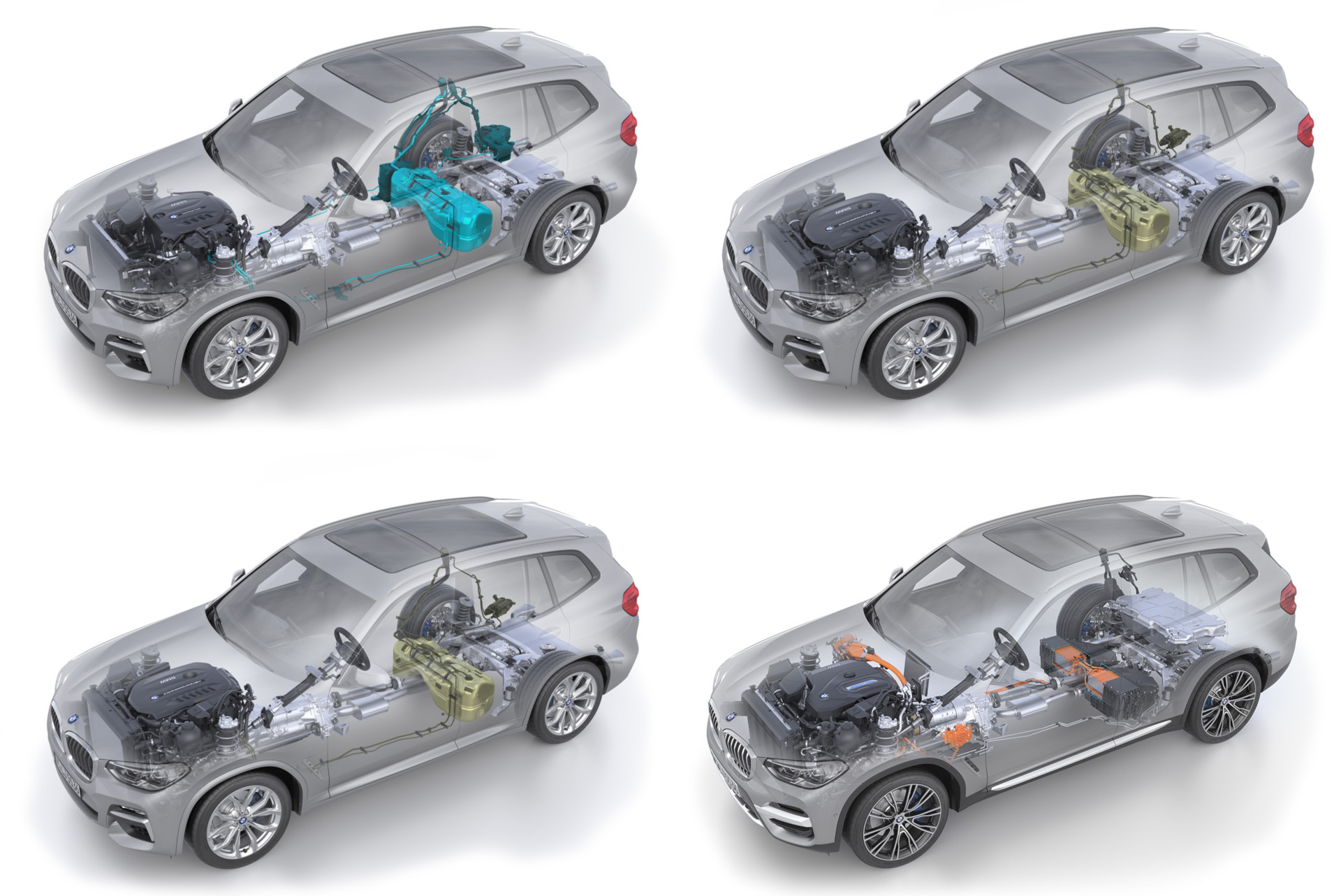The New York Times recently published a complimentary article about BMW, applauding the company’s strategic decision to base its current electric vehicles on a flexible architecture. A few years ago, BMW overhauled their rear-wheel drive system, introducing it under the “Power of Choice” initiative. Known as the CLAR modular platform, this architecture enables BMW to manufacture combustion engine vehicles, plug-in hybrids, battery electric vehicles, and even hydrogen fuel cell prototypes using the same foundational platform.
A Proper Tesla Competitor
Titled “BMW Is a Surprise Winner in Electric Vehicles,” the New York Times article positions BMW as one of the few automakers that has successfully challenged Tesla’s dominance in the electric vehicle market. As the prestigious American publication explains, BMW’s approach of utilizing flexible architectures to manufacture combustion engine vehicles, hybrids, and electric cars on a unified assembly line—a strategy once considered a vulnerability—is emerging as a significant advantage during the automotive industry’s ongoing transition.
While the distinct benefits of dedicated electric architectures, exemplified by the original BMW i3 and the iX, cannot be denied, the unpredictable nature of market demand poses considerable risks in terms of maintaining optimal factory utilization. This flexibility, initially seen as a compromise, is proving to be strategically valuable in navigating the uncertainties of shifting consumer preferences and market dynamics.
376,000 BMW EVs Sold
Contrary to some analysts’ expectations, BMW’s strategy has been successful. The company reported a 75% increase in electric car sales from the previous year, with 376,000 electric vehicles sold, making BMW a leader in the luxury segment behind Tesla. EVs accounted for 15% of BMW’s total sales in 2023, up from 9% the previous year.
NY Times points out that BMW aims to retain customers by offering choices in propulsion technology, akin to choosing a car’s color. This strategy acknowledges customer hesitancy towards abandoning combustion engines entirely, providing an intermediate step towards electric adoption.
The article also points out that BMW’s success suggests a possible pathway for other established automakers struggling with the transition to electric vehicles. It underscores the value customers place on familiarity and workmanship from longstanding carmakers and indicates that there’s market space for traditional manufacturers alongside newer, electric-focused companies.
We Were Wrong
A few years ago, I was quite skeptical about BMW’s hesitation to fully commit to an electric-first platform. I thought that their cautious strategy of hedging their bets would leave them trailing behind their competitors. Around that same period, several other automakers, including Audi, declared their intentions to transition completely to electric vehicles in the near future. This move made it seem as though BMW would fall behind once again, reminiscent of the period following the initial success of the BMW i brand.
But I’m not afraid to admit that I was wrong. Full story can be found here on NY Times.






































































